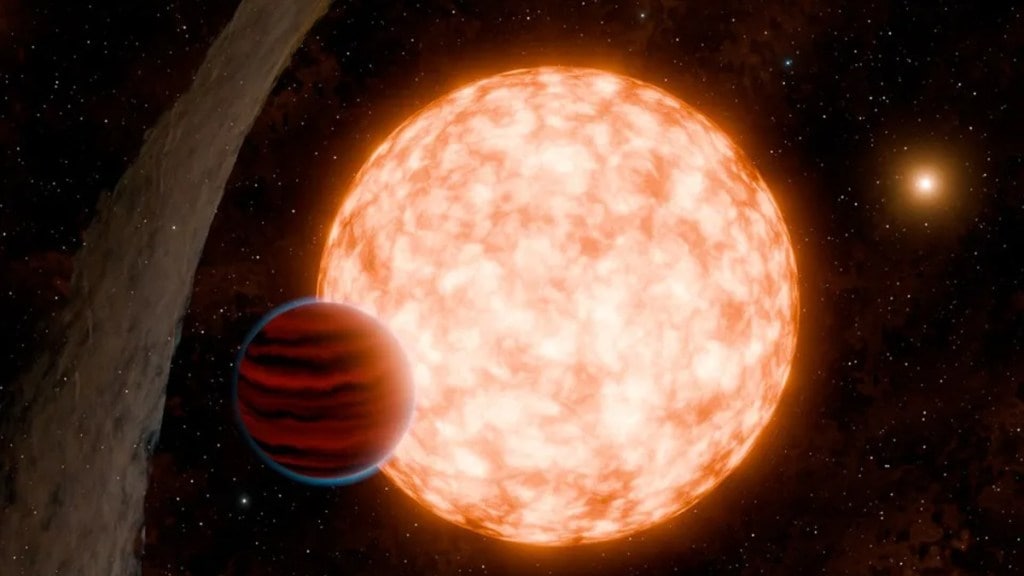If you thought science class couldn’t get any more complicated, think again! Astronomers have just discovered a new planet, and yes, it’s one more name to add to those already tricky lists of planets. This one’s called IRAS 04125+2902 b, and it’s a baby planet- 3 million years old. While that sounds pretty old in planet years, it’s actually still in the early stages of life. But what’s even cooler is how astronomers found it: they got lucky with a rare chance to see it in action as it passed in front of its star, a phenomenon known as a transit.
Normally, when planets are still babies, they’re hidden behind thick clouds of space dust and debris. But this planet is special. Its surrounding debris disk has been warped in a way that allows telescopes, like TESS (the Transiting Exoplanet Survey Satellite), to see it from Earth.
Located about 430 light-years away in a region called the Taurus Molecular Cloud, IRAS 04125+2902 b is in a stellar nursery, where new stars and planets are being born. The planet itself is still hot from the heat of its formation, and while it’s smaller than Jupiter, it’s still big enough to be seen as it passes across the face of its star. This is an incredible discovery because it helps scientists learn more about how planets form and what happens to them in the first few million years of their life.
The planet is likely to be very different from the ones we know in our solar system. It could turn into a “mini-Neptune” or even a “super-Earth”—types of planets that are actually pretty common in our galaxy, but not in our own solar system.
For now, scientists are still figuring out what caused the planet’s surrounding debris disk to warp. Some theories suggest the planet might have moved closer to its star, or maybe a hidden companion star could be pulling on the disk. Regardless of the cause, this discovery is giving us an exciting look at the early stages of planetary life.

